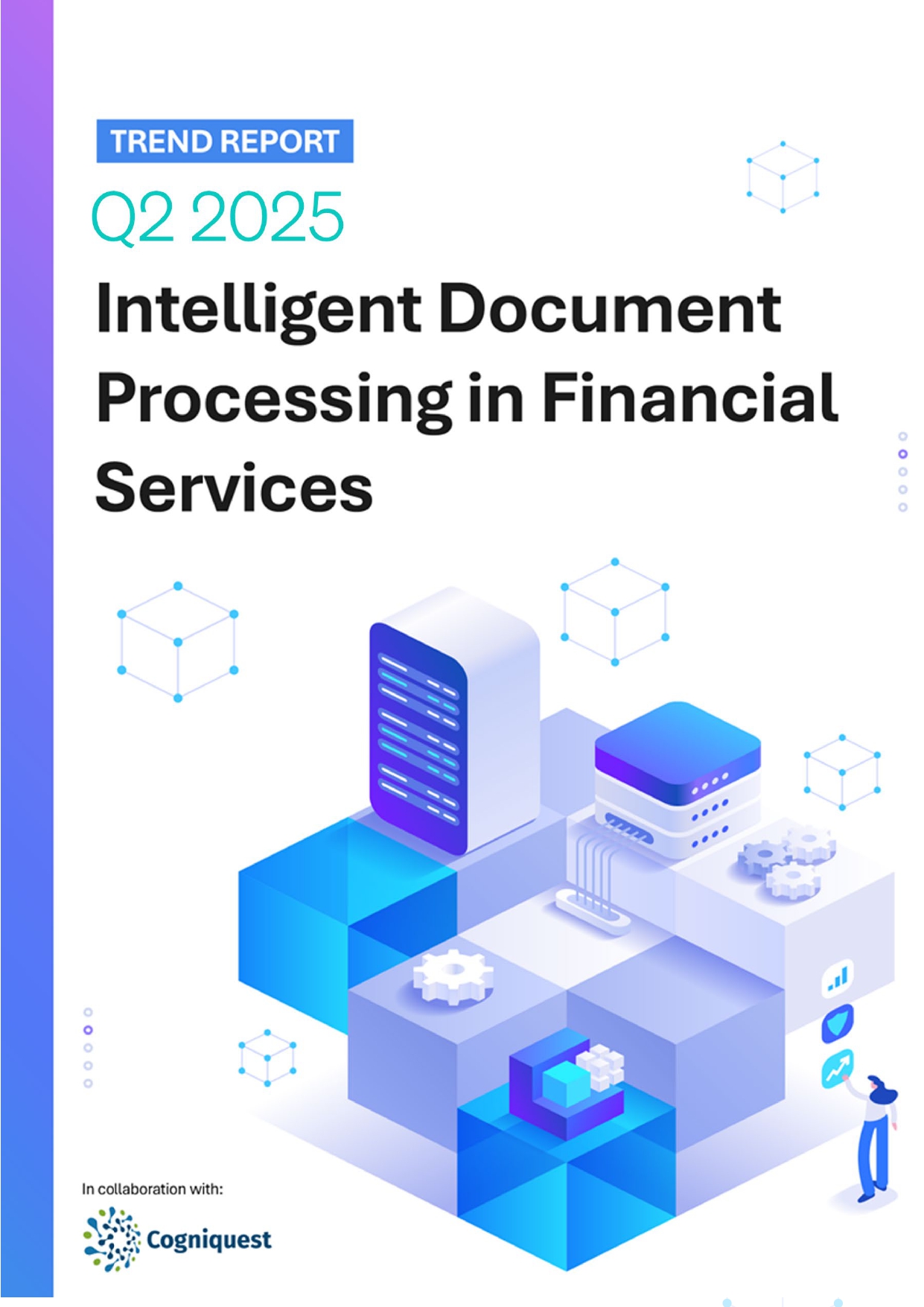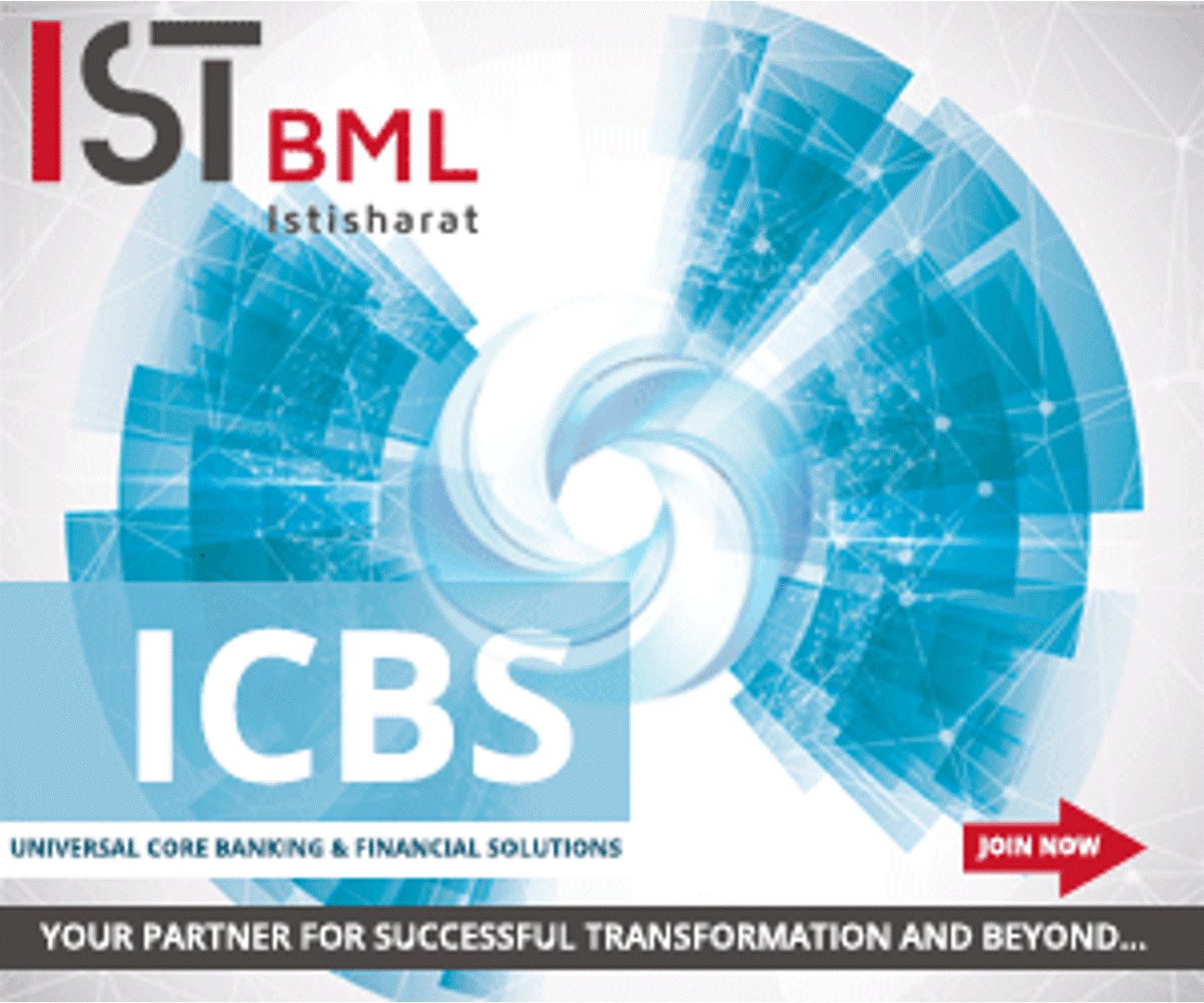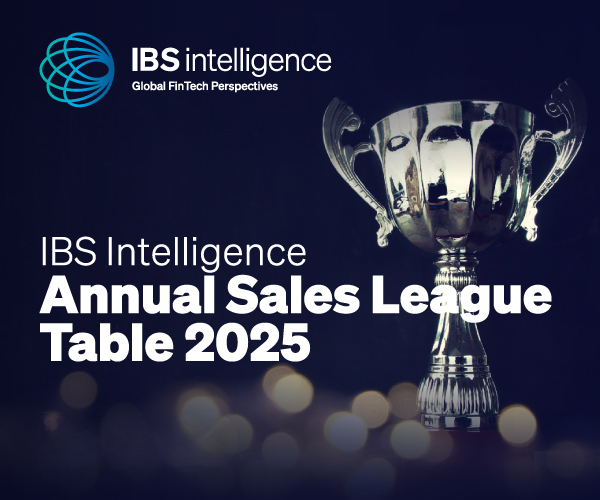 Back
Back
Providing trust with Request to Pay: Interview with Mick Fennell, Business Line Director at Temenos Payments
By Joy Dumasia

Request to Pay is a secure messaging framework that enables billers to dynamically request and manage the payment for a bill rather than simply sending an invoice. The payer receives a curated digital request through a banking or third-party FinTech application on their internet or mobile device.
Recently, software giant Temenos partnered up with payments giant Mastercard to accelerate market adoption of Request to Pay which, while it has enormous potential to transform the payments landscape, is still at an early phase of its rollout and reach.
The partnership enabled complete end-to-end, real-time processing and secure and successful communication between buyers and payers via the Temenos Request to Pay (R2P) Server. The engine supports the automation of communication flows between the biller and the payer, leading to the generation of a successful payment order to be processed and the real-time updating of all parties involved in the transaction.
Following the announcement, IBS Intelligence sat down with Mick Fennell, Business Line Director at Temenos Payments, to discuss the key role of Request to Pay in the future of the payments industry.
Could you give us an overview of the working of Temenos’ Request to Pay solution?
Request to Pay is a conversation between the biller and the payer, and it creates a more dynamic way for billers to reach out to payers. The payers get to decide if they will pay all this bill up or partial, this creates a conversation between the two, and this happens before the payment transaction. These requests to pay schemes that are being launched in different markets define a standard for how that conversation should take place. The other great thing is that it creates a platform and an opportunity for financial institutions to provide that trusted environment for the conversation.
So, what our solution does is it’s an engine that manages that conversation for both the biller and the payer. So if you’re one of our banks or financial institutions or FinTech and you want to offer requests to pay services, then our server manages both the incoming requests coming from the billers and the outgoing request to the payer and what’s coming back. What our engine does is it manages that, and out of the engine comes a payment order.
Now that payment orders can be executed within the payment rails that the bank already has, the preferred option and the way people are looking at it, is to go via instant payment services. The main part of what we’re doing now is that you have things like mobile apps that will help the biller and the payer.
How did Temenos go around with the idea of collaborating with Mastercard, and what struck the interest of both the companies?
First of all, you know with the nature of our businesses, us being the number one provider of core banking around the world and Mastercard being one of the global brands. We work with each other a lot in different areas; they’ve become a very big player in clearing services around the world. We’re always talking to each other and looking at ways of cooperating, and in fact, the particular conversation around Request to Pay started at a trade event last year where we met, and we were talking about these things, and we said, well, let’s look at ways that we could partner.
Mastercard is offering the Request to Pay scheme in the UK market, which is brand new. It’s based on open banking principles, so each bank then must manage its standards in the scheme. But one of the elements in the UK market is a thing called repository processing, which it’s about validating the addressing and the credentials of who you’re sending to.
We are providing the solution to the banks and so Mastercard are providing this repository and so what we’ve done is we’ve certified against their services and make sure ultimately what we’re trying to do is provide an end-to-end solution for a customer. So by working with Mastercard, we’re actually taking a number of the jigsaw pieces and bringing them together so that the customer doesn’t have to do that.
They’re also helping in the UK on the biller side of things in terms of applications, so we’re also now looking at those and seeing how we can enable our solutions for easier integration with Mastercard solutions. In fact, you know the way it is, we’re looking at ways that we can leverage each other’s core skills and provide a better solution for the customer in the market.
At Temenos we have what we call Temenos Exchange, which is a kind of marketplace for various FinTechs. We onboard them on our exchange and we certify them, that’s one of the avenues also for how we’re bringing on Mastercard. There are many ways that we interact and work with Mastercard, but this Request to Pay is a very exciting new one for us.
What, in your view, is the role of the R2P in the future of bill payments?
The bill payment market is huge, and if you think about it, there’s a huge amount of bills that go on out there. There are many services that help people automate them; what we see is that for the banks, it’s an area that can add real value by providing trust, so we do see a growth in bill payment services provided by financial institutions and all of us who use internet banking or mobile banking, we’re all interested in if we can get all of our bills in one place if we can.
I think bill payments are becoming a much more automated process for everyone around the world, and we think the volumes will grow in terms of automation and electronics. There are the large corporates, and a huge part of what they do is around bill payments and putting out those bills, and we think that’s going to grow greatly.
We expect more automation ultimately; what everyone is trying to do is provide a better user experience for the customer, be they a biller or a payer and what people also expect is more efficient processing of things happening quickly and one of the biggest problems people have is when a bill payment goes wrong.
The whole process is about making things easier. The other thing globally is about standardizing it because the problem is that every country has different rules and different ways of doing it, which makes everyone inefficient. I think the future is going to see more standardisation and harmonization around bill payment processes.
As the Payments landscape is ever-growing and competitive, how does Temenos attempt to reach and stay at the top?
I suppose there are two main things in terms of our strategy and how we’re winning for our customers and helping them. The first is to look at investment, our investment in the technology platform and what we’re doing. One of the approaches that we have within Temenos and our payments is that our infrastructure and technology are a shared infrastructure across our portfolio.
That means we’re able to leverage the investment we put in every year across our different products, so they’re not kind of sitting by themselves somewhere, and they’re taking advantage, and we continue to invest over 20% of our revenues in R&D, which is the highest of any of the companies in our space that means we’re able to get ahead.
The second is that we have a vision of an integrated ecosystem, being able to get all these things to work together. It’s not just about the execution of the payment; it’s about real-time analytics, real-time fraud monitoring, and being able to integrate other services, not just channel them.
So I think that that’s the kind of the two pillars for how we are looking to lead, grow and expand. One is our core investment on the platform, which enables us to stay ahead of the game, especially when it comes to things like cloud technologies, containerization, microservices, API enablement, the empowering of the bank to be able to do what they need to do and work with their FinTechs.
The other thing we bring to the table is a much wider integrated ecosystem, which means that the banks don’t have to try and get lots of other things to work together, and we give them a much quicker time to market and much greater value. We have done more than 150 of these licenses into the market in the last three years, which is by far the most. We see a growing appetite for what we’re doing, and we especially see that around the cloud and SaaS-based delivery.
How does Temenos reduce risk and ensure safety across its product line?
It’s at the top of the agenda of anyone who supplies business-critical systems, but especially business-critical into the financial marketplace is absolutely risk managing and also ensuring safety. Now, there are two aspects; one is the infrastructure and technology there are several actual industry certifications as to where you can prove and show how you’ve got the processes in place, and so we have that infrastructure. We supply hundreds of banks doing their infrastructure, so that’s one part and us getting all those certifications and keeping them up to date and having over 100 people within our cyber security group just keeping an eye on what’s going on out there, making sure our infrastructure is secure and safe.
The second aspect is the actual data, the actual processing making sure that the data is managed, the integrity is there and that it’s secure, and you know, aspects like GDPR and making sure we’re compliant. So that we’re compliant with the data management rules and regulations, every country’s got different regulations, we as a company and one of the reasons people buy from Temenos is that they know they are getting that certified regulated end solution and service all that we legally maintain within all of these different countries over 150 that we work with.
What is in the pipeline for 2022?
A lot of our customers and a lot of banks out there are trying to ensure that they’re compliant with changes. Every year for us is keeping up with regulations, we’re in 150 countries, and every country has new things happening, so we must ensure that we’re delivering against those changes in terms of how the schemes are changing in each country there can be new instant payments, new ISO 20022 based changes, etc.
Then you’ve also got innovations, but where are the innovations happening? How do we ensure that we are either working with innovators in the market or rolling out our own Request to Pay services or SWIFT GPI or other things in the marketplace?
Then there is efficiency, so we look at how we can make our systems better at doing what they do. Every year we come out with new versions and subversions, and we’re always adding a new function and a lot of that function is how do we make the process of managing and processing payments more efficient. How do we make people be able to set up new products quicker because volumes are going up all the time, and settlement timeframes and settlement windows are getting smaller and smaller with the instant world? One has to get systems and processes working automatically, and that’s where cloud-based and SaaS-based delivery comes in.
ALSO READ: Global Payments Vendors and Landscape Report Q4 2021
IBSi FinTech Journal

- Most trusted FinTech journal since 1991
- Digital monthly issue
- 60+ pages of research, analysis, interviews, opinions, and rankings
- Global coverage
Other Related News
Related Reports

Sales League Table Report 2025
Know More
Global Digital Banking Vendor & Landscape Report Q2 2025
Know More
NextGen WealthTech: The Trends To Shape The Future Q4 2023
Know More
Intelligent Document Processing in Financial Services Q2 2025
Know More


